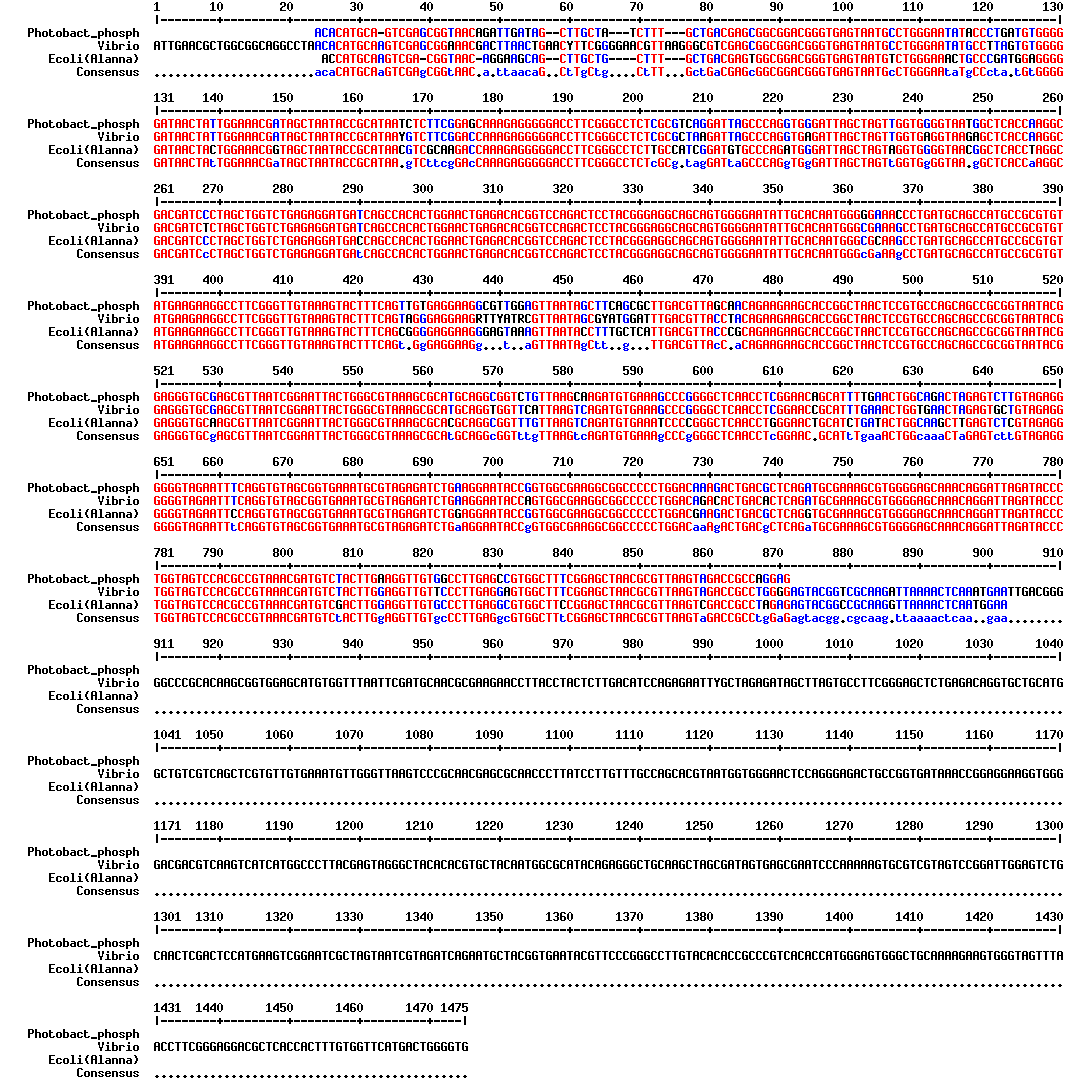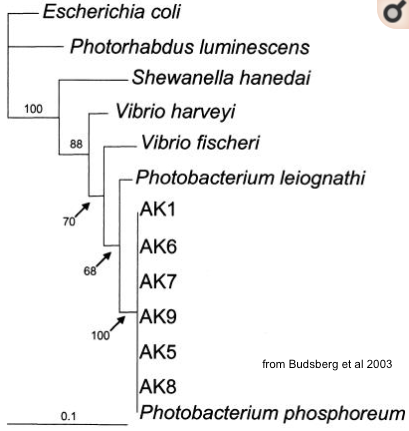Difference between revisions of "Bioluminescence investigations"
| Line 23: | Line 23: | ||
*more members are getting involved (Vanessa) and | *more members are getting involved (Vanessa) and | ||
| − | *new members may be coming on board for more fun! | + | *new members may be coming on board (Christelle) for more fun! |
esp, as Rachel also ordered some [https://www.carolina.com/teacher-resources/Document/bioluminescent-dinoflagellates-care-sheet/tr39813.tr bioluminescent Dinoflagellates] from a company in the states. | esp, as Rachel also ordered some [https://www.carolina.com/teacher-resources/Document/bioluminescent-dinoflagellates-care-sheet/tr39813.tr bioluminescent Dinoflagellates] from a company in the states. | ||
Revision as of 14:21, 27 April 2019
Bioluminescence Investigations
What
We are investigating life that gives off light!!
already we have dinoflagellates (without flagella!) and Photobacterium phosphorum !
(hoping for some glowing mycelia, but wonder if it is simply phosphorescence there...)
Who is involved?
It all started with 2 students from Nyon, who wanted to do their 'travail de maturité' with some bioluminscent bacterial, to make a mosaic!
- Inès Nerodenkova
- Luca DN
They ordered Vibrio fischeri from a French biotech company in a special kit.
while a bit of light was visible in cultures, in comparison to controls, and determined by unbiased dark-adapted participants, it did not some very bright, and no good pictures were obtained of it...
Advice was requested from
- Siouxsie Wiles - Australian researcher, who recommended Photobacterium phosphorum, as brighter.
Help was also obtained from
- Hackuarium members (Rachel, Luc H)
- more members are getting involved (Vanessa) and
- new members may be coming on board (Christelle) for more fun!
esp, as Rachel also ordered some bioluminescent Dinoflagellates from a company in the states.
Recent results in the new BioLab in Ecublens
it isn't V. fischeri, but the recommended Photobacterium phosphorum
- pcr then sequencing results!
File:36AJ98 77018090 77018090.pdf
about 92% identity over the 16S rRNA region sequenced, so it seems clear that the french co also thought the P. phos was brighter, but didn't want to waste their kit boxes! :)

What's Next
the challenge is to get their real color in images, and to make them bright...
extra salt is seemingly very important!
but maybe not malic acid... The second test for this is ongoing!
more results to come soon!
